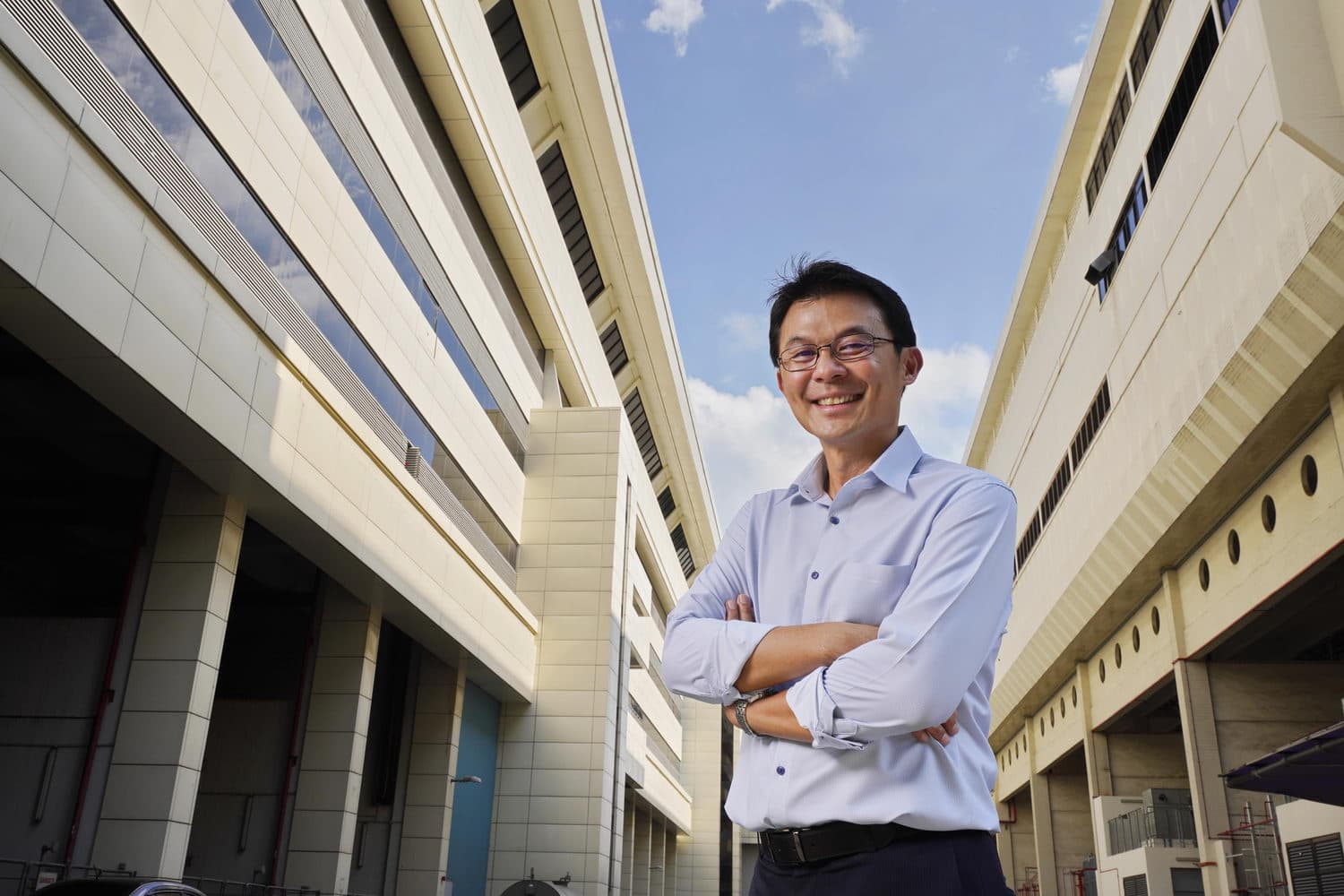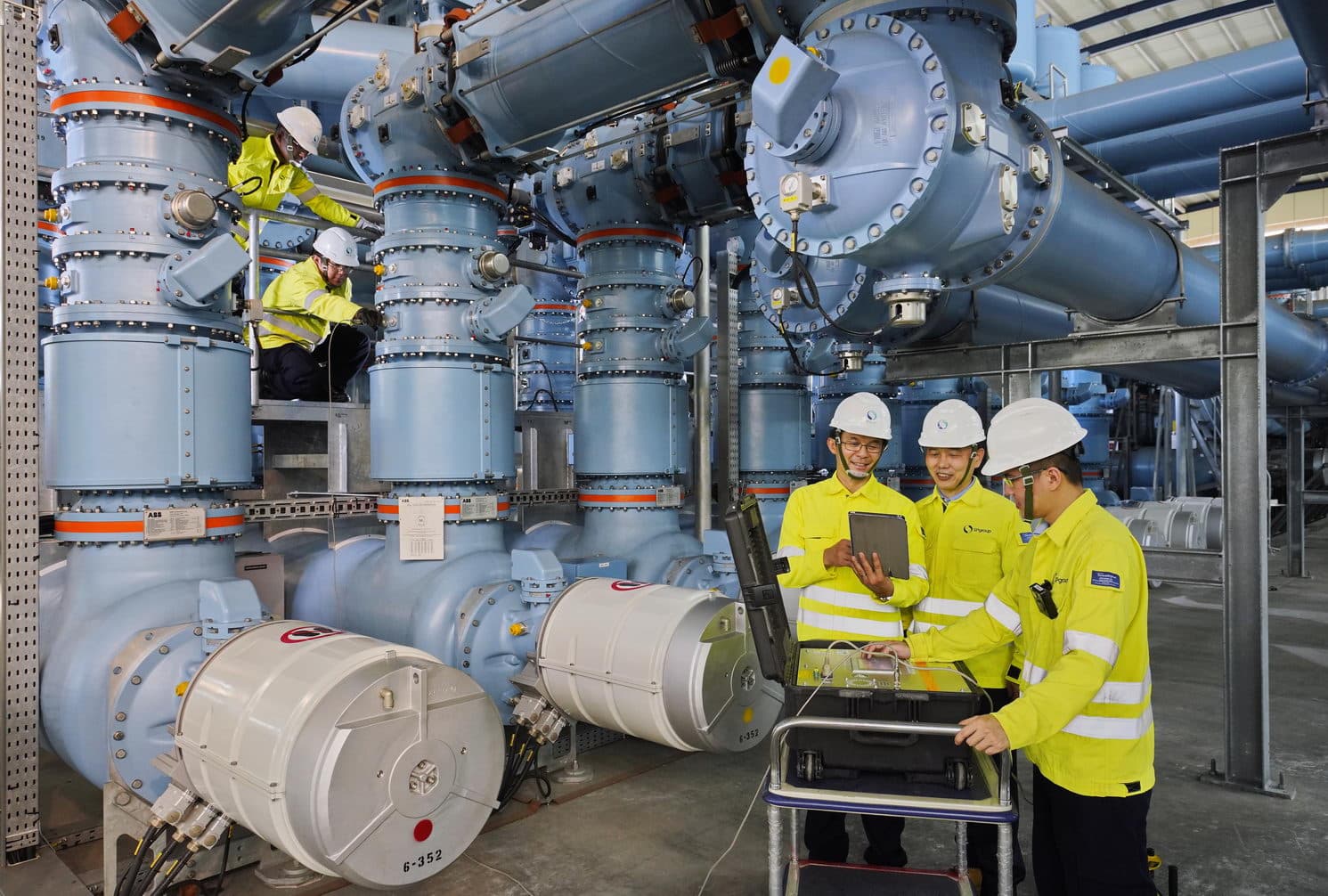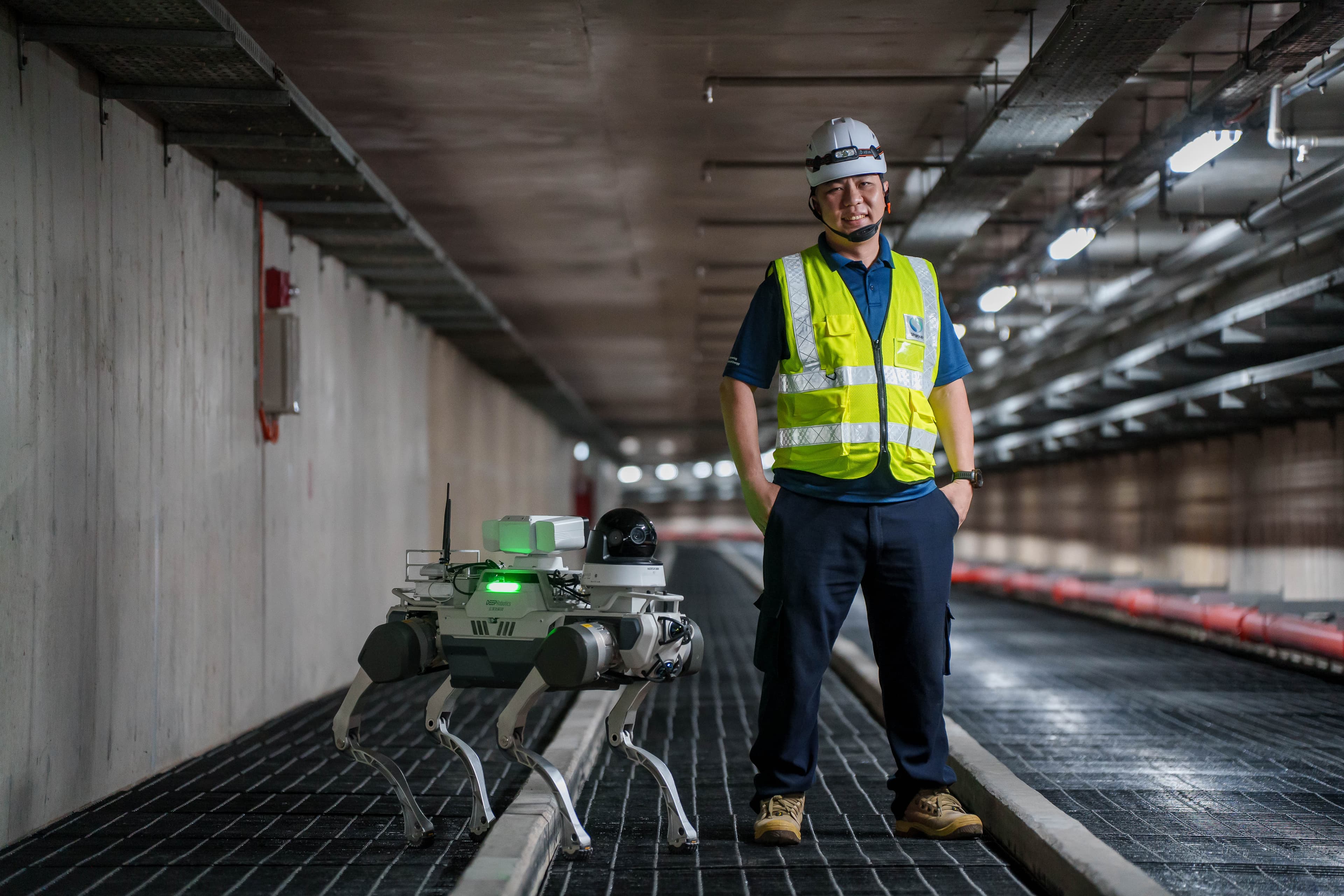Safeguarding the Backbone of Singapore’s Grid

Kane Neo and his team protect a part of the power world that is invisible to most – the high voltage transmission networks.
These networks form the backbone of Singapore’s electricity infrastructure, connecting power from the power generation plant to the distribution networks that connect it to our customers.
“Power that runs through transmission networks can be massive – ranging from 66kV to 400kV. When running at full capacity, one 230kV transmission substation can power up to eight towns, each the size of Toa Payoh,” explains the 47-year-old, General Manager of SP’s power grid business. He first discovered his passion for power engineering when studying at Ngee Ann Polytechnic.
Power is generated at very high voltage, travelling through these networks before being progressively “stepped down” at the transmission substations. Through various distribution substations, power is sent via smaller cables of the network to homes and offices.
“The work we do is highly sensitive and teamwork is important. Any issue on the transmission network can cause a huge impact,” he adds. A transmission substation, which feeds into many distribution substations, can affect several estates if it faces disruption, he says.
At SP, the path to become a transmission engineer spans about four years of on-the-job training and structured courses.
Regular health checks on transmission assets such as cables, switchgears and transformers form a critical part of the job for Kane and his team of over 160. The size, importance and complexity of the equipment do not make this easy.
For instance, Kane’s team keeps a close watch on transmission cables, which run for approximately 2,600km, and some 3,000 transmission assets island-wide. Any anomalies that may impact transmission assets, are detected early using data from sensors and rectified.

“If we detect a problem, it needs to be solved in the shortest amount of time, and we persist until we get to the bottom of it,” says Kane, who has been with SP since 2000 and spent the last three years in his current role. He also has a decade of experience working on the distribution network.
For Kane and his team, it means constantly being on the alert, pre-empting possible issues and finding ways to make the network more robust.

While few understand the scale and significance of the transmission network, or the invisible heroes that keep it going, his 12- and 13-year-old daughters do. Le Wei and Le Xuan, are able to spot the various transmission substations when they go out on drives as a family.
“As they enjoy modern conveniences, they are also more keenly aware of what it takes to power their lives and the nation daily,” he says.
— 17 October 2019







